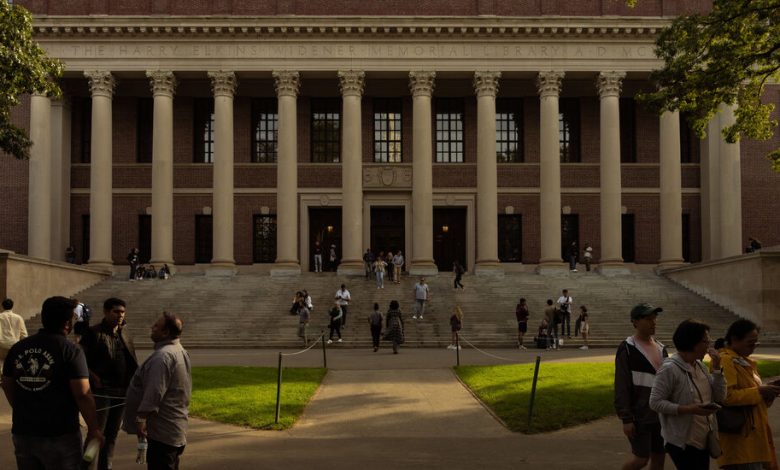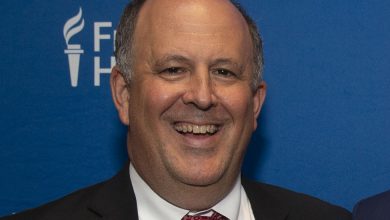More Than 400,000 Student Loan Borrowers Had Wrong Monthly Payments

Now that the federal student loan machinery has been set back into motion, hundreds of thousands of borrowers are discovering that their monthly payments had been miscalculated, often for higher amounts than they actually owed.
The mistakes have come to light as more than 28 million federal student loan borrowers returned to repayment this month after a pandemic-related relief program put their monthly bills on pause for nearly four years.
The miscalculations have affected borrowers being transferred into the Biden administration’s new income-driven repayment plan, known as SAVE, which bases borrowers’ monthly payment amount on their income and family size. The program promises to cut many borrowers’ payments by more than half compared with the program it replaced, called REPAYE, but at least one loan servicer hit a snag as it moved borrowers from the old program to the new one, which led to the wrong payment amounts.
The Missouri Higher Education Loan Authority, called MOHELA, used the 2022 poverty guidelines instead of 2023 to calculate the payments, which caused roughly 1 percent, or 280,000 borrowers, to be given “modestly higher” payment amounts than they should have had under the new SAVE plan. Borrowers were notified about their correct payment amount, according to the Education Department.
The Education Department also said it noticed discrepancies in some payment amounts as part of its standard review process last month, which led it to ask the loan servicers to audit their files regarding calculations made to family size, income or marital status. These mistakes caused some borrowers’ payments to be too high and a “very small number” of borrowers to be charged too little.
After it noticed the issues, the Education Department said, it immediately directed loan servicers to notify affected borrowers and put them into administrative forbearance until they were able to calculate the correct payment amounts.
“We take our oversight role very seriously, and when mistakes happen, we work swiftly to resolve them and make sure there is as little impact as possible on borrowers,” said a spokeswoman for the Education Department, who estimated that the two problems affected less than 1.5 percent of borrowers starting repayment, or roughly 420,000 people.
Borrowers who paid too much will be offered a refund.
People who want to ensure the accuracy of their payment amounts can use the loan simulator tool at StudentAid.gov, which should generate a close approximation of what they owe, but any discrepancies may take some time and perseverance to get fixed.
“Unfortunately, the bigger issue is that it’s hard to get those problems resolved right now if you can’t get someone on the phone,” said Persis Yu, deputy executive director at the Student Borrower Protection Center, referring to the notoriously long wait times for loan servicer representatives.
Bobby Matson, the chief executive of Payitoff, a debt management software company, said the company started to notice the errors when his firm’s repayment calculations were confirmed as accurate yet they didn’t match the payment amounts that many loan servicers were posting to borrower accounts.
“We’re seeing mistakes being made by the servicers because they’ve been grossly underfunded by Congress and left under-resourced for this influx of borrowers,” Mr. Matson said, adding that he has seen mistakes made across several loan servicers.
Congress kept funding flat for the Office of Federal Student Aid, just as many initiatives, including the big payment restart and the new SAVE program, were beginning. At the same time, the Biden administration has been offering targeted debt relief to student borrowers through a variety of other programs.
Scott Buchanan, the executive director of the Student Loan Servicing Alliance, an industry group, said that most of the current issues had been addressed — and that the loan servicers had been upgrading their computer systems so they could handle more types of requests online.
“When you make big changes in the midst of resumption — including transferring people into a new repayment program that is far more complicated than the last one — there will be challenges and pockets of borrowers where we have to do manual work,” Mr. Buchanan said.



